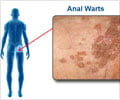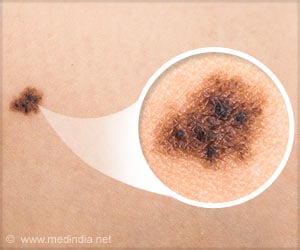Microplastic pollution is an emerging serious health hazard due to the invisible nature of the plastic, posing a threat to human health, finds a new study.

TOP INSIGHT
Other than the food chain, constant day-to-day contact with plastic products may allow oral, dermal, and inhalation exposure to micro-plastics and additive chemicals to the human body.
Read More..
“Other than the food chain, regular contact with day-to-day life plastic products allows oral, dermal, and inhalation exposure to micro-plastics, additive chemicals to the human body. Hence, it is necessary to determine the interactions between the micro-plastics and biological macromolecules to understand their effects on human health,” says Prof. Natarajan Chandrasekaran, Professor at Vellore Institute of Technology.
While several studies have shown adverse effects of plastics on the human body, researchers are now trying to learn how the basic machinery of the body communicates with plastic particles.
In a new study, Prof. Chandrasekaran and his colleagues have looked at the interaction of nano plastics with blood proteins and cells, illustrating their harmful effects on human health and found that aggregated plastic-protein complex is more lethal and potent in causing the death of white and red blood cells than the nano-plastic alone.
The findings of the study are published in the journal Scientific Reports.//
Source-Medindia
 MEDINDIA
MEDINDIA



 Email
Email







